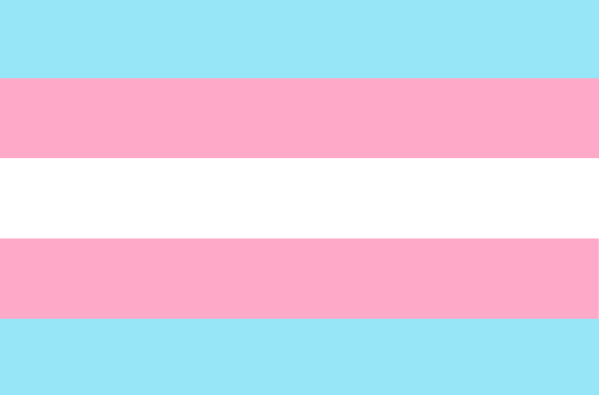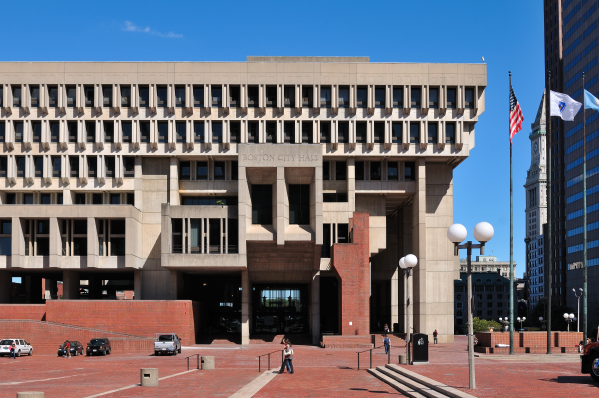To address procrastination, it helps to understand that it comes from the desire to avoid discomfort.
As I write this blog entry, I am thinking about what words to use next in order to express my intended message in the most succinct way possible. When I feel that my choice of words is successful, I feel good. I then want to write more with the hopes of repeating that experience. However, when I stumble over the words or it seems like I am hitting a barrier, I feel discomfort. My first tendency is to stop writing (to end the discomfort) and shift my attention to something else, something more pleasurable (email, coffee, the next thing on my to-do list, staring at the ceiling, etc.). This, by the way, is the recipe for procrastination.
When you break it down to the most basic level, we are all motivated by two principles: 1) We want to avoid pain, and 2) We want to pursue pleasure. These principles keep us safe from harm and add enjoyment to our lives. Yet, when we compare these two basic motivations we find that our desire to avoid pain is stronger than our desire to pursue pleasure. In fact, many examples of pursuing pleasure are actually attempts at avoiding (or numbing) pain that we experience. And while we all have the same basic goals (experience less pain and more pleasure), the way in which we go about achieving those goals varies widely depending on the person and the situation.
The same stressful project can create different responses in any two people, while causing the same amount of discomfort in them both. However, one person might avoid the project and put it off as their way of avoiding the pain while the other person jumps into the project in order to finish it as soon as possible as their way of reducing the amount of time the discomfort is present. Not to mention that the type of discomfort might also influence your response to it.
So it is important to know how you respond to pain and discomfort. Perhaps more specifically, how do you respond to the common stresses and areas of discomfort in your life? It is often people’s attempts at reducing or avoiding pain that blossom into negative habits. Whether that is using alcohol to reduce anxiety in social gathers, putting up walls to protect yourself from feeling vulnerable, avoiding someone due to an unresolved conflict, or speaking aggressively in order to keep others at a distance as to reduce feeling vulnerable.
A common scenario is when a person realizes that their particular way of avoiding pain has served a short-term purpose but in fact has ultimately caused them more problems in the end. One reason this happens is because we often start a particular habit to avoid pain early on in life and, even though that particular response has outlived its usefulness, we continue to use it. It’s the “this is what I’ve always done” rationale. So why are we so prone to continue habits that are obviously not the best for us? Because abandoning the safety net of a habit and exploring alternatives is uncomfortable. And we try hard to avoid that discomfort. It can be a vicious cycle.
So what is one to do? Try one or more of these out for yourself to see if they are helpful to you.
- Recognize your particular tendencies to avoid pain when stress and/or discomfort arise during the day.
- Evaluate whether your particular tendencies are the most effective way to deal with this discomfort, and if they are not, recognize what other problems they may be creating for you.
- Remind yourself (or just take it on faith because I am telling you) that the pain you experience is temporary. Therefore, you can withstand the discomfort in the short-term in order to do something to address it that has lasting effects (develop a new habit).
- Talk to others (particularly those that seem to be able to handle stressful issues that you struggle with) about how they handle different types of discomfort to broaden your horizons in terms of possible ways of dealing with pain.
- Commit to learning new ways of dealing with pain and discomfort in your life, accepting that this will take time and effort, and look for small ways that these new ways are improving your life.
Shawn Healy, Ph.D.



